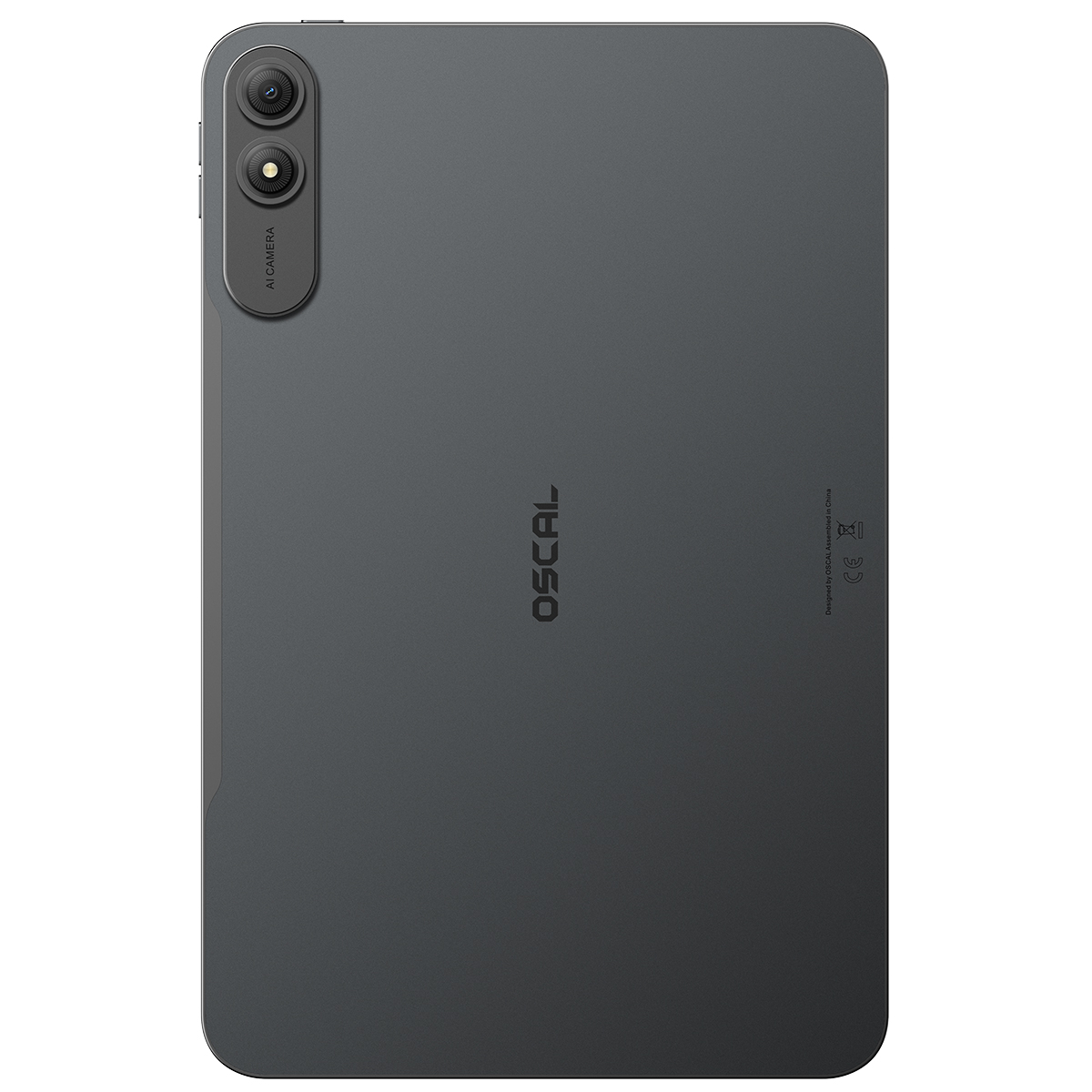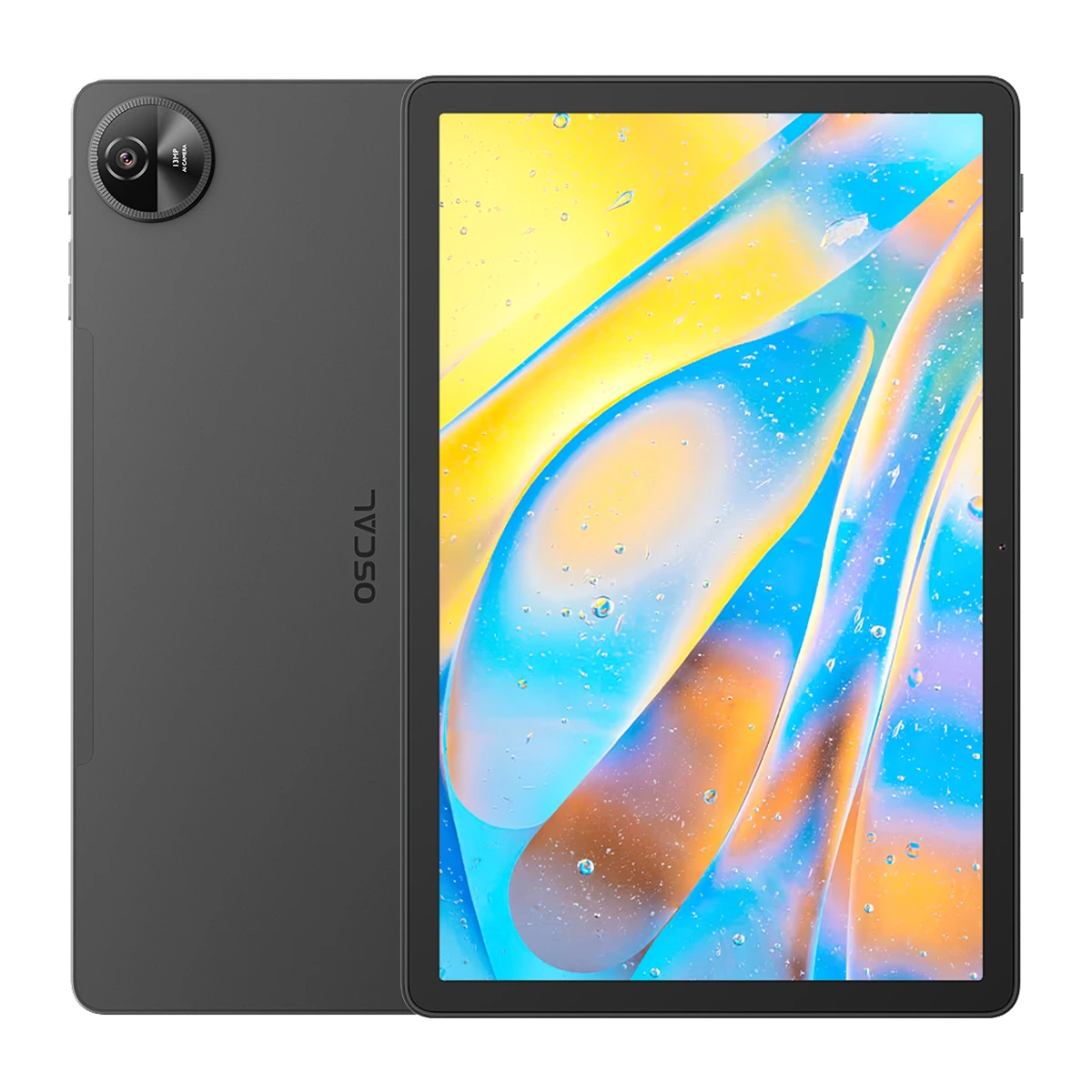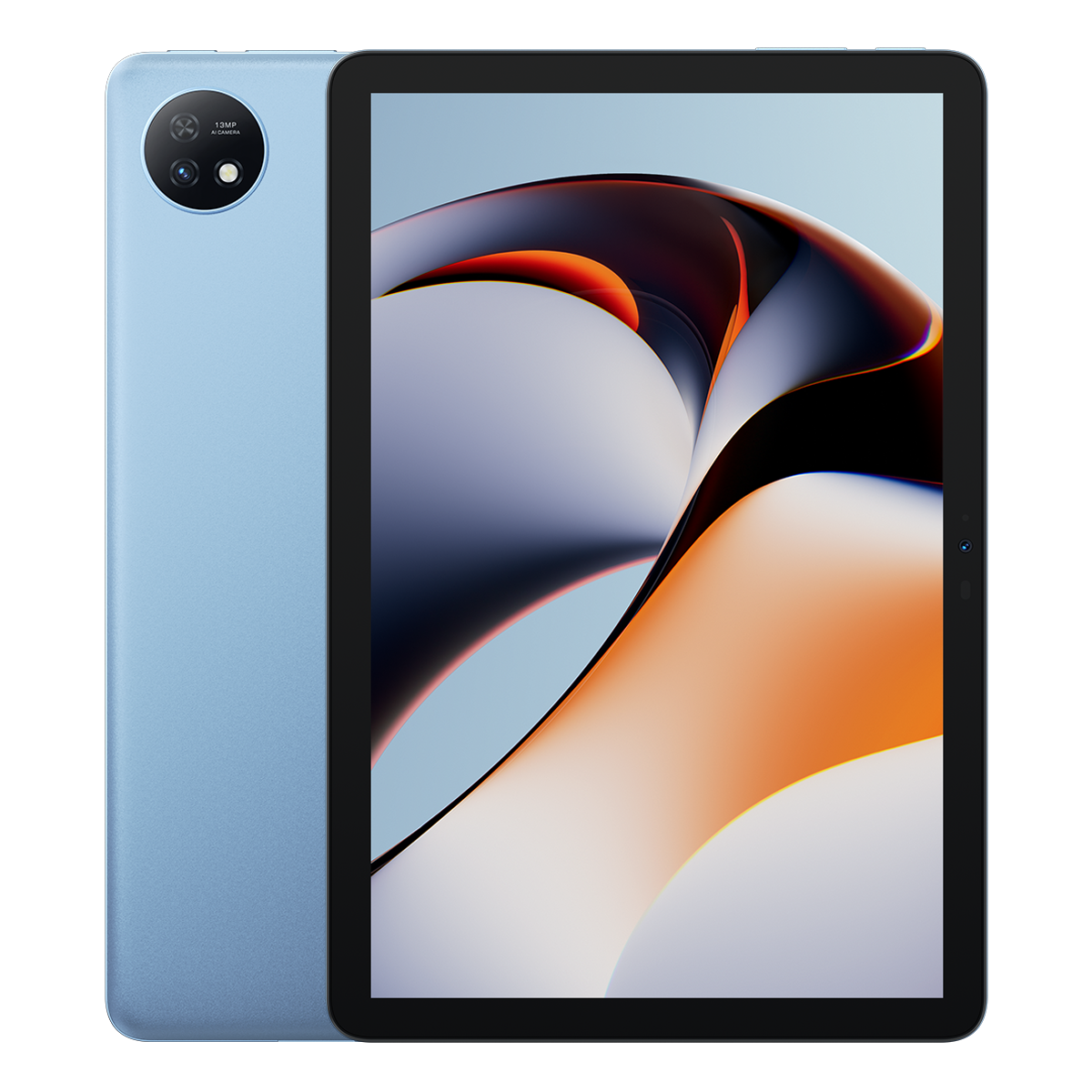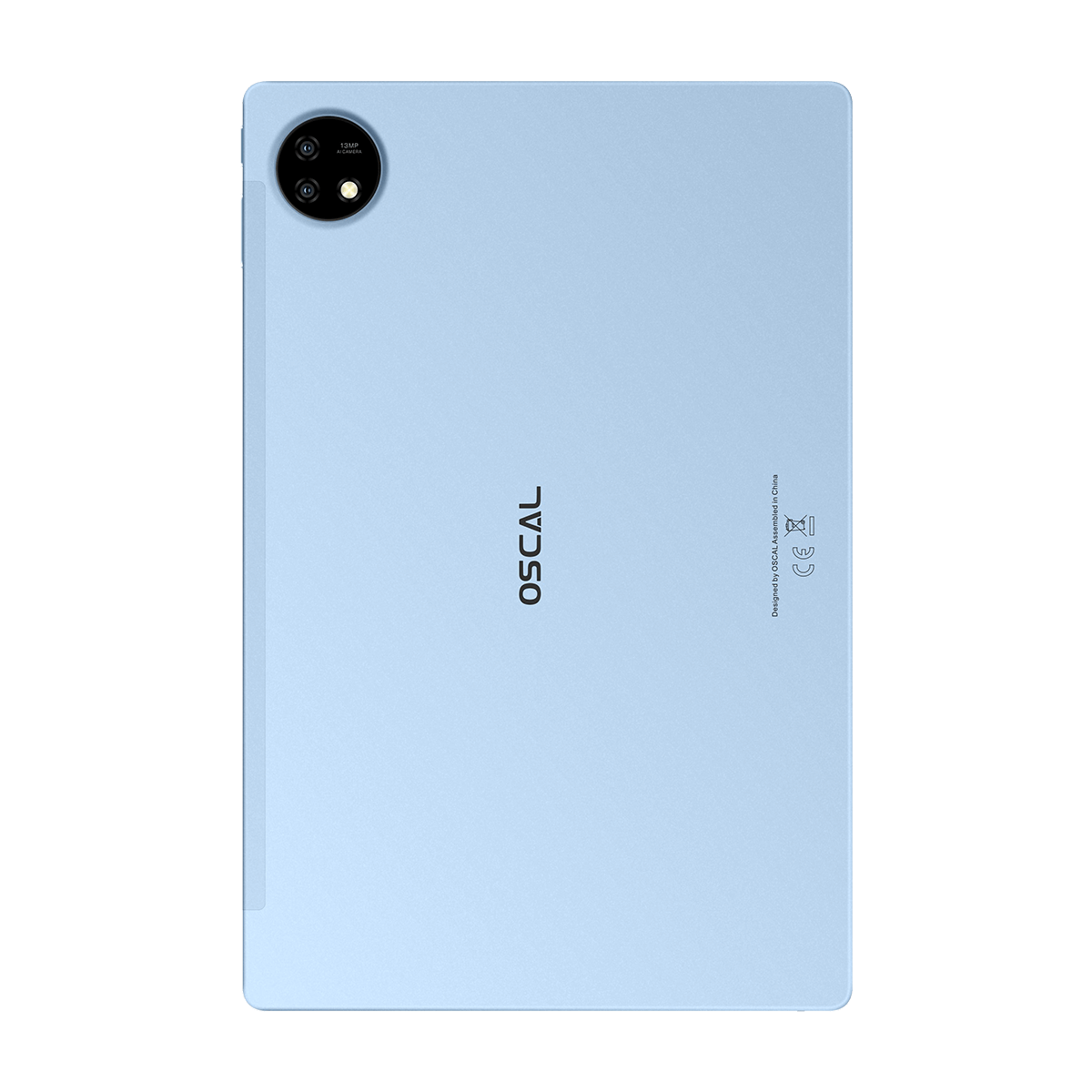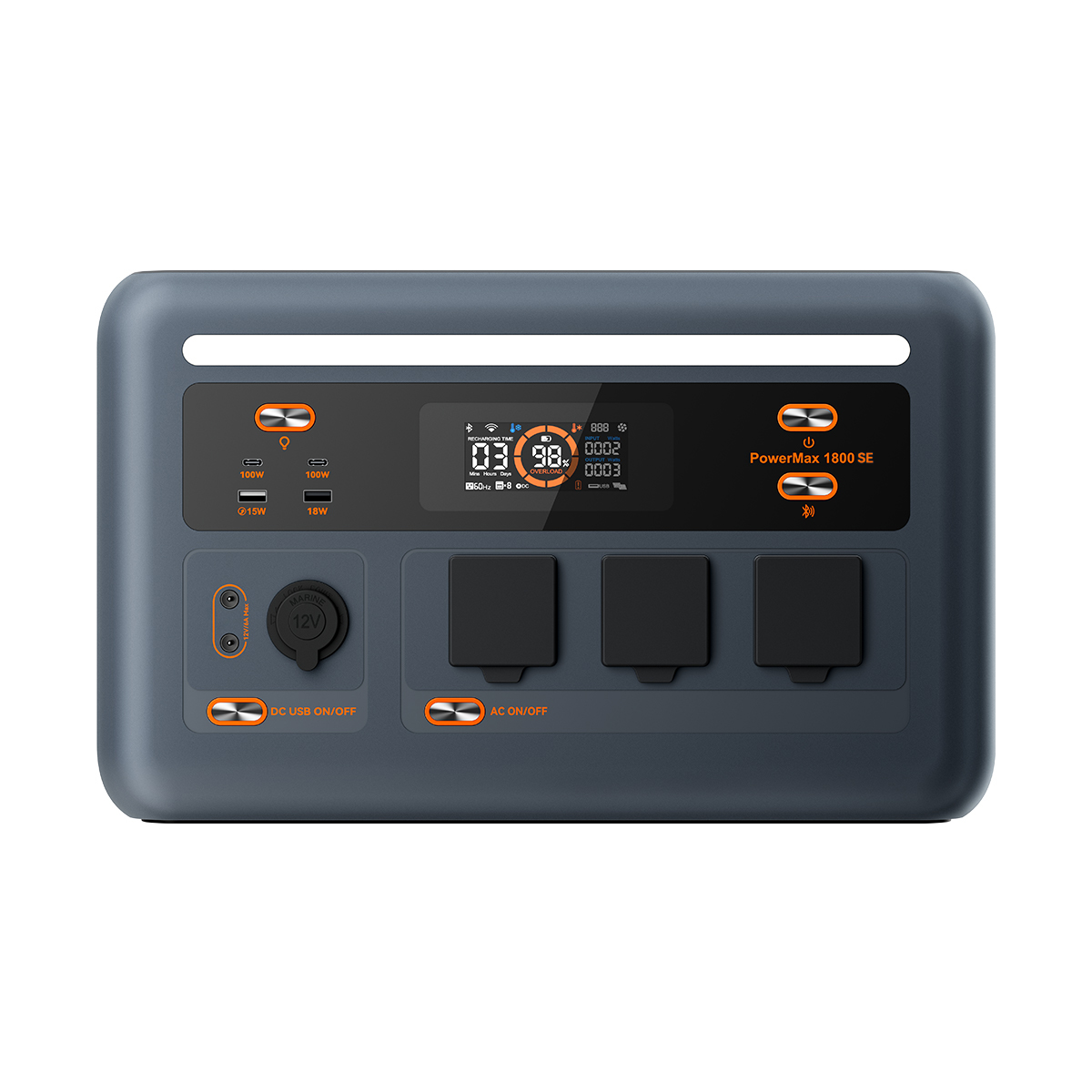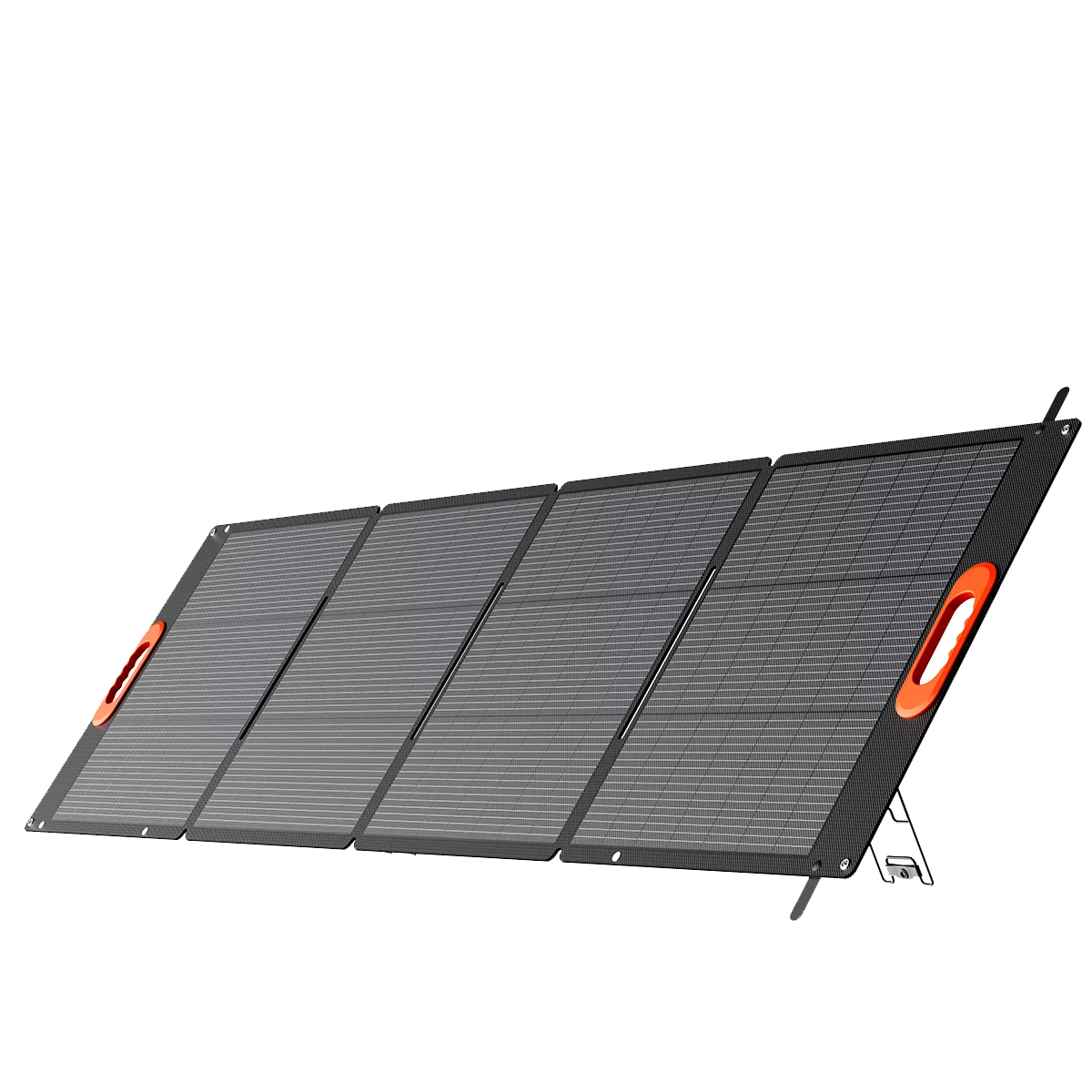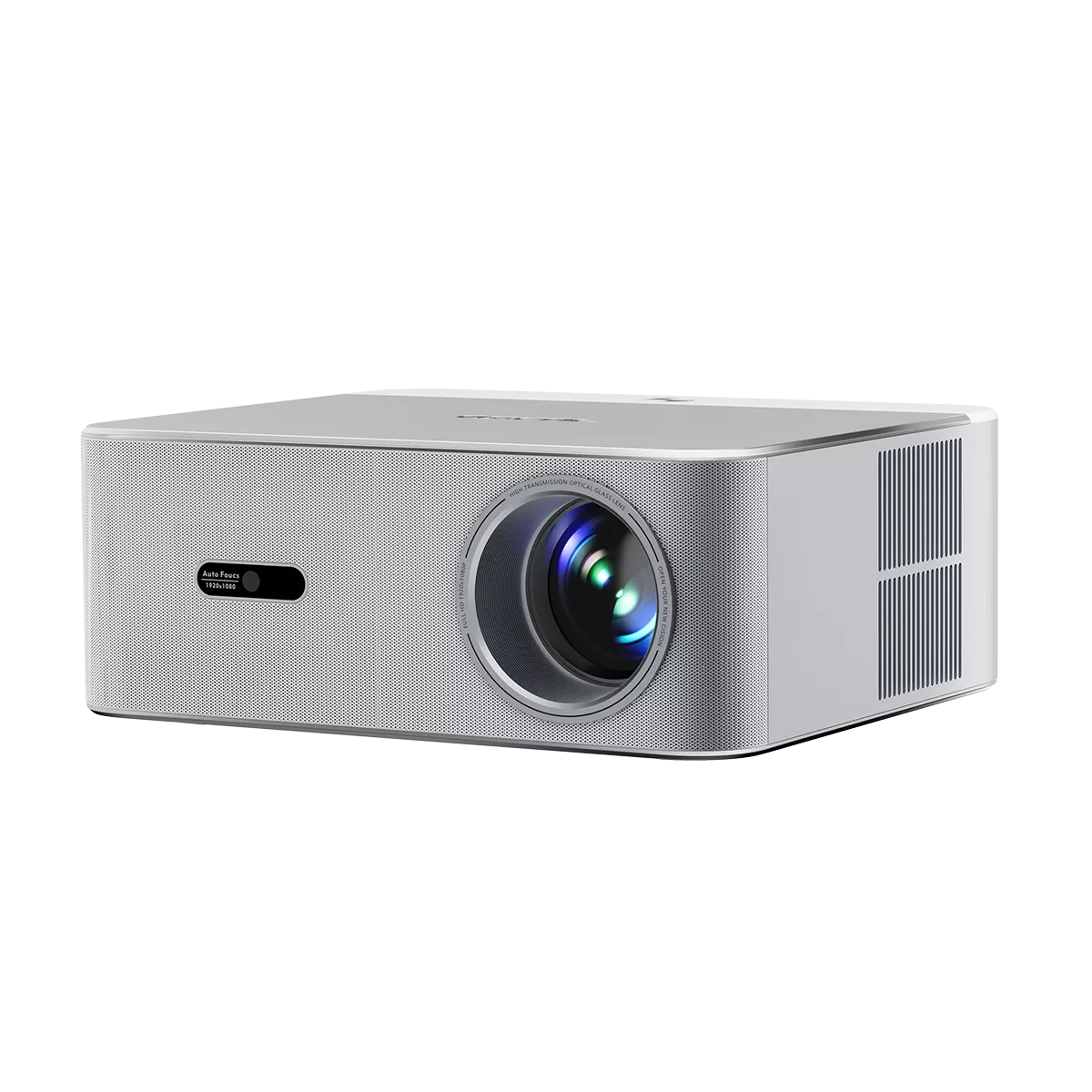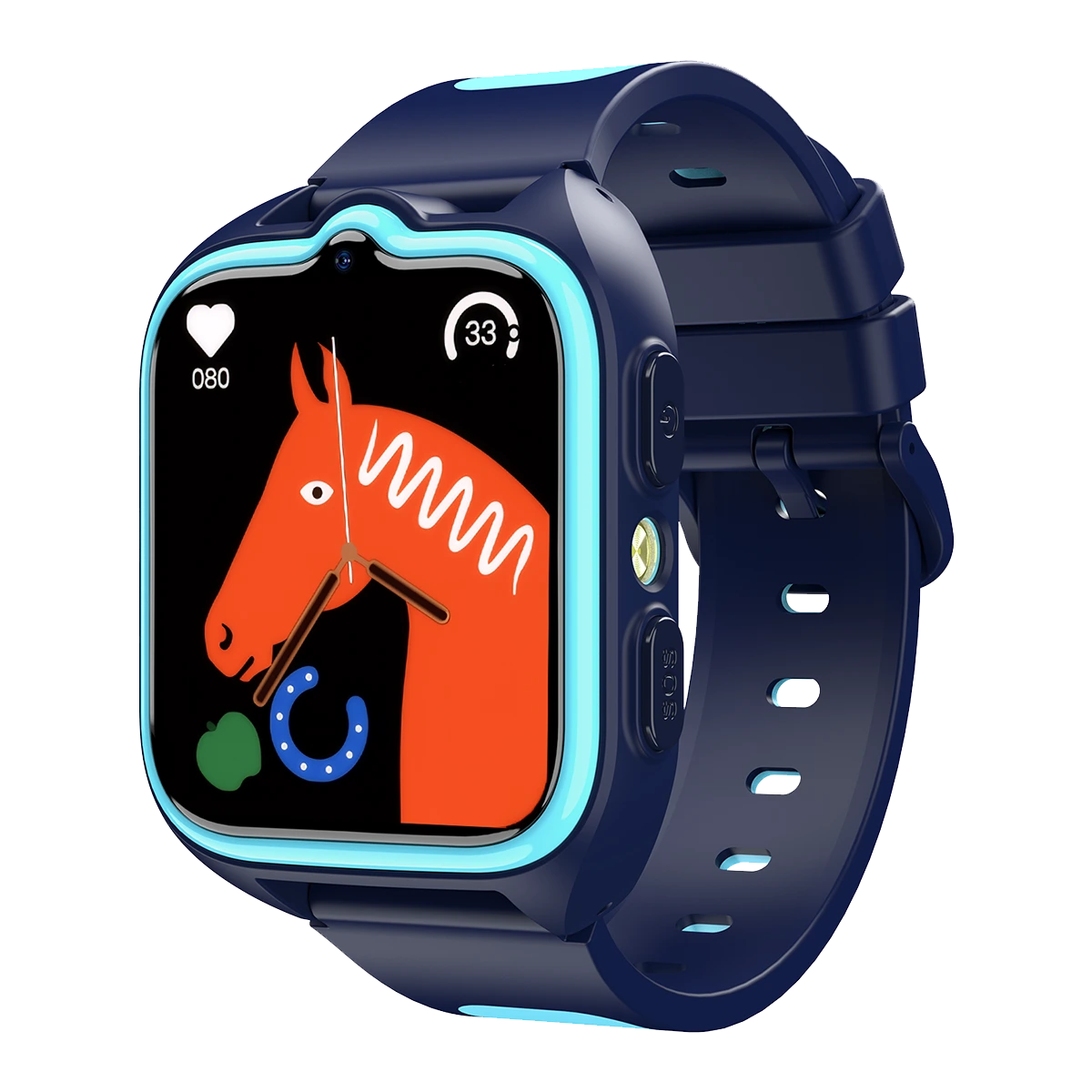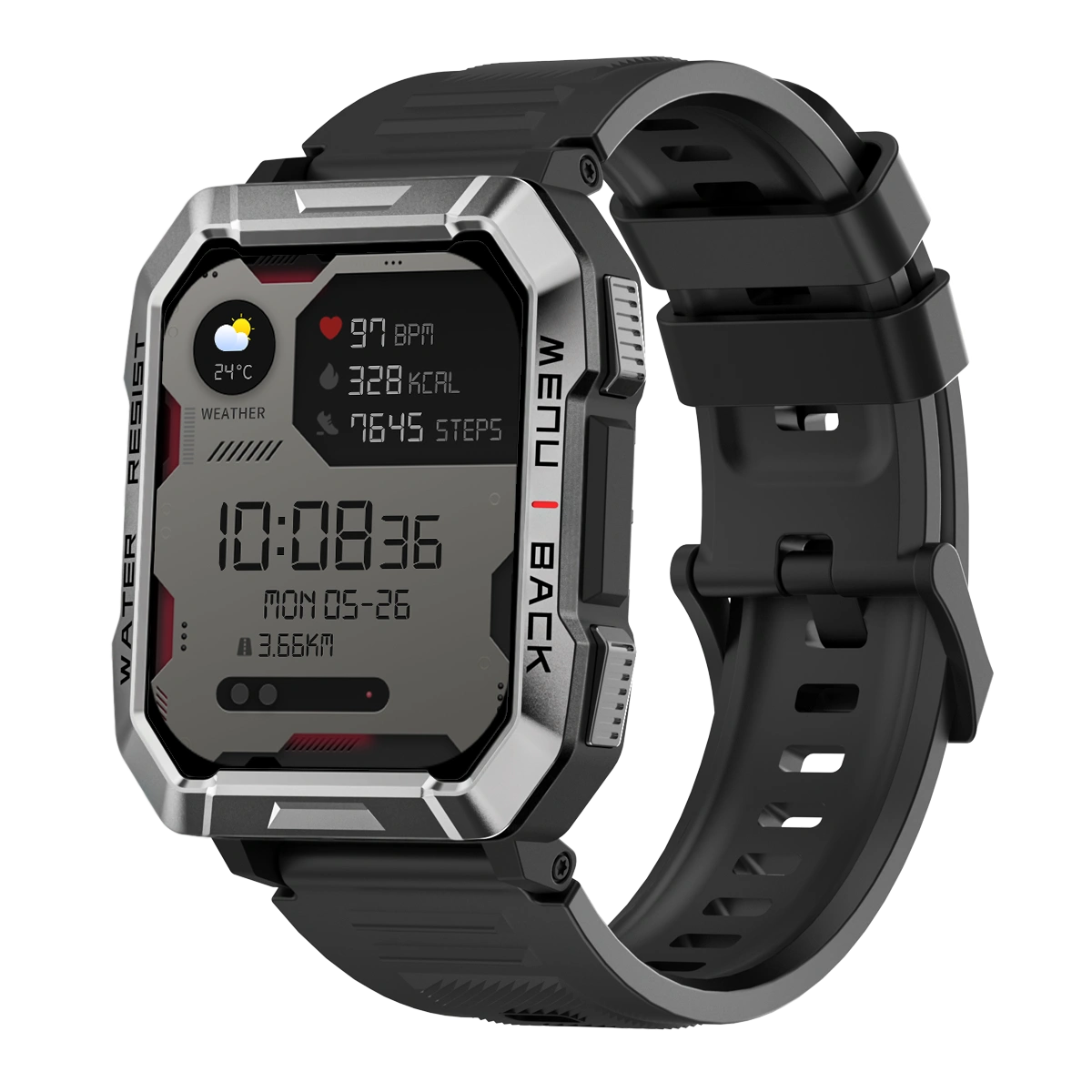Welcome to OSCAL (Well-known brand of rugged outdoor smartphone, tablet, and portable power station) blog. Hope this guide has been helpful.
Choosing the right amount of RAM for your tablet can significantly impact its performance, multitasking capabilities, and overall user experience. Whether you're using your tablet for browsing, gaming, or productivity tasks, understanding your RAM needs will help you make an informed decision. This guide will break down the factors to consider when determining how much RAM your tablet should have.
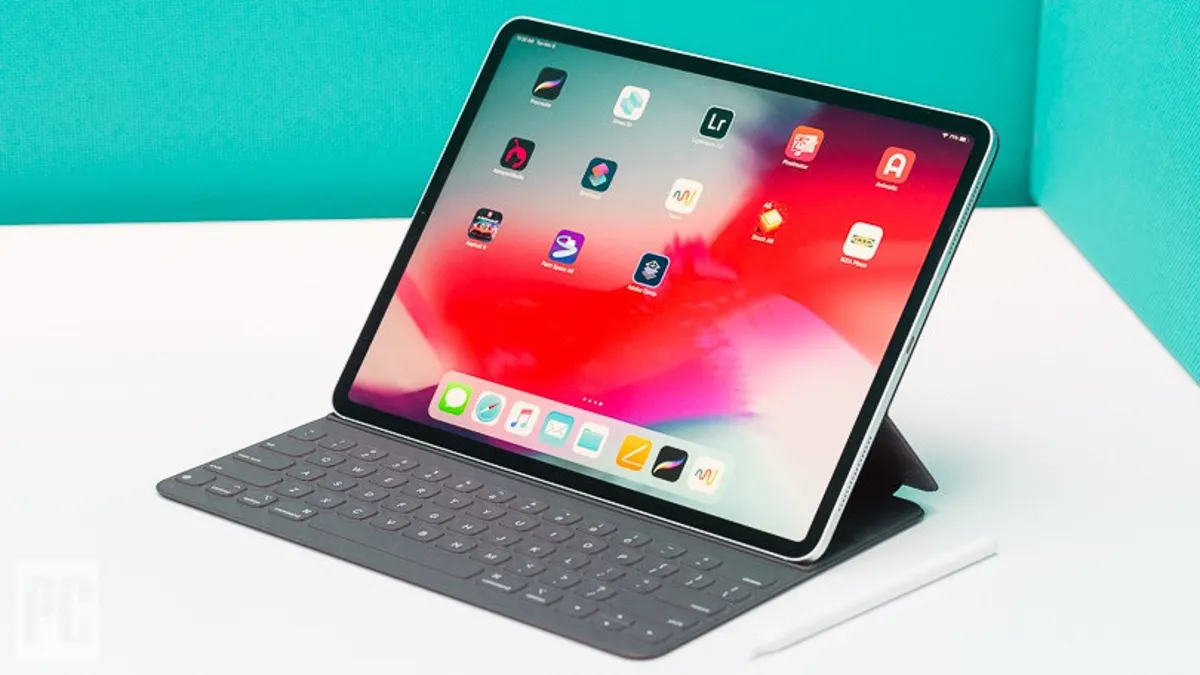
What Is RAM and Why Does It Matter?
RAM (Random Access Memory) is a type of short-term memory that your tablet uses to store data temporarily while running applications. Unlike storage (e.g., 64GB or 128GB), RAM is volatile, meaning it clears when the device is turned off. The more RAM your tablet has, the more apps it can handle simultaneously without slowing down.
How Much RAM Do You Really Need?
The amount of RAM you need depends on how you plan to use your tablet. Below is a breakdown of recommended RAM based on different usage scenarios:
- 2GB RAM: Basic tasks like web browsing, email, and light media consumption.
- 3GB–4GB RAM: Moderate multitasking, social media, streaming, and casual gaming.
- 6GB–8GB RAM: Heavy multitasking, productivity apps (e.g., photo editing), and high-end gaming.
- 8GB+ RAM: Professional workloads, advanced gaming, and running multiple demanding apps simultaneously.
Factors to Consider When Choosing RAM
Beyond general usage, several factors influence how much RAM your tablet should have:
1. Operating System (OS) Requirements
Different operating systems have varying RAM demands:
- Android: Entry-level tablets start at 2GB, but 4GB is recommended for smoother performance.
- iOS (iPadOS): Apple's optimization allows iPads to run efficiently even with lower RAM (e.g., 3GB–6GB).
- Windows: Windows tablets typically require at least 4GB for basic tasks and 8GB+ for productivity.
2. Multitasking Needs
If you frequently switch between apps or use split-screen mode, more RAM ensures smoother transitions and fewer app reloads.
3. Gaming and Creative Work
High-end mobile games (e.g., Genshin Impact, Call of Duty Mobile) and creative apps (e.g., Adobe Photoshop, Procreate) benefit from 8GB+ RAM.
4. Future-Proofing
If you plan to keep your tablet for several years, opting for more RAM (e.g., 12GB–16GB) ensures it stays capable as apps become more demanding.
RAM vs. Storage: What’s the Difference?
Many users confuse RAM with storage, but they serve different purposes:
- RAM: Temporary memory for active apps and processes.
- Storage: Permanent memory for files, apps, and the operating system.
While increasing storage helps with saving more files, increasing RAM improves performance during active use.
Best Tablets by RAM Category
Here are some top tablet recommendations based on RAM capacity:
Budget Tablets (2GB–3GB RAM)
- Blackview Tab 30 Wifi (2GB)
- Amazon Fire HD 10 (2GB–3GB)
Mid-Range Tablets (4GB–6GB RAM)
- OSCAL Pad 100 (12GB)
- Samsung Galaxy Tab S6 Lite (4GB)
- Xiaomi Pad 5 (6GB)
High-End Tablets (8GB+ RAM)
- iPad Pro (8GB–16GB)
- Samsung Galaxy Tab S9 Ultra (12GB–16GB)
- Microsoft Surface Pro 9 (8GB–32GB)
Can You Upgrade RAM in a Tablet?
Unlike PCs, most tablets have fixed (non-upgradable) RAM. This means you must choose the right amount at the time of purchase. Some Windows tablets may allow RAM upgrades, but this is rare.
Conclusion
The ideal RAM for your tablet depends on your usage habits and budget. For most users, 4GB–6GB offers a good balance between performance and cost. Gamers, professionals, and power users should aim for 8GB or more. Always consider future needs to avoid premature upgrades.



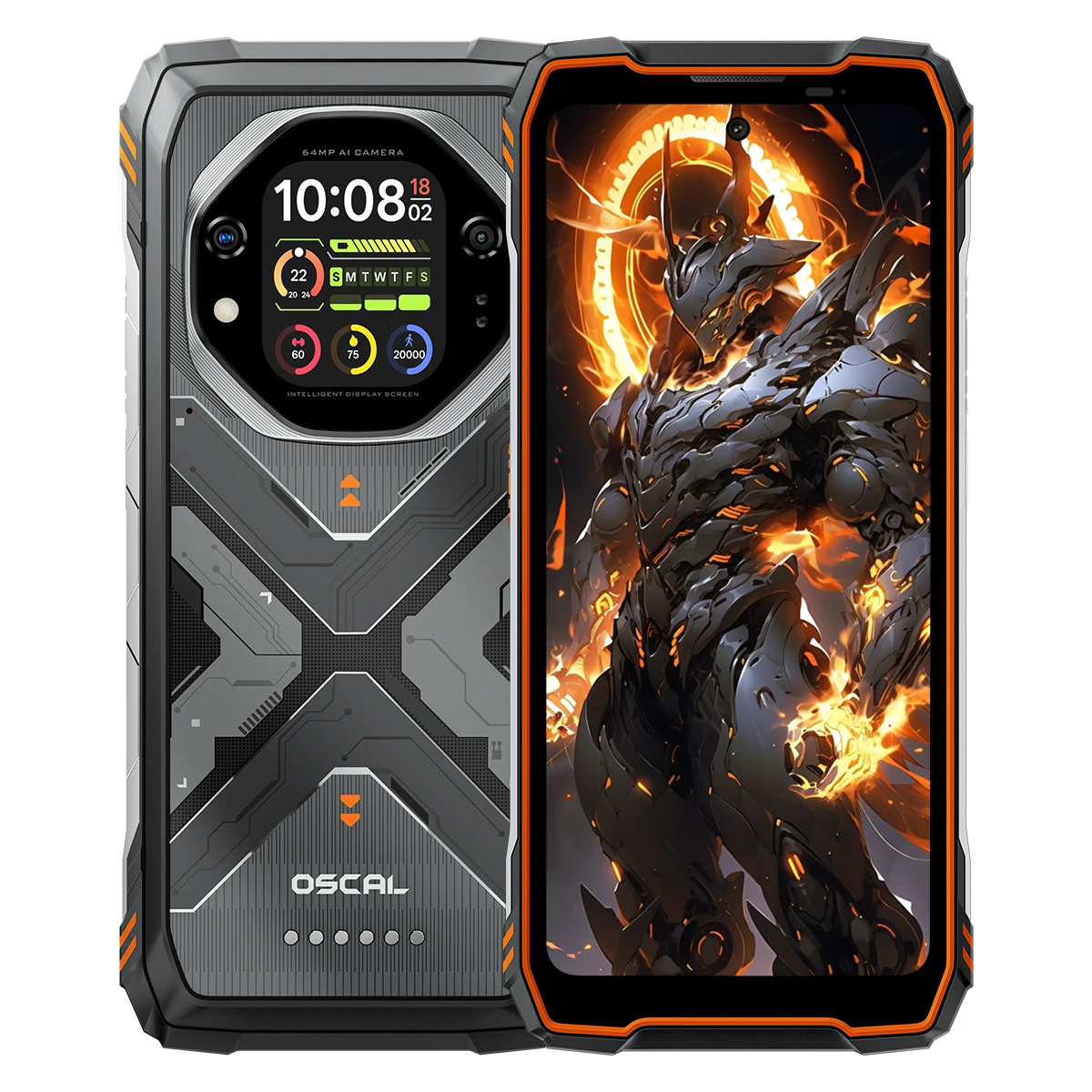
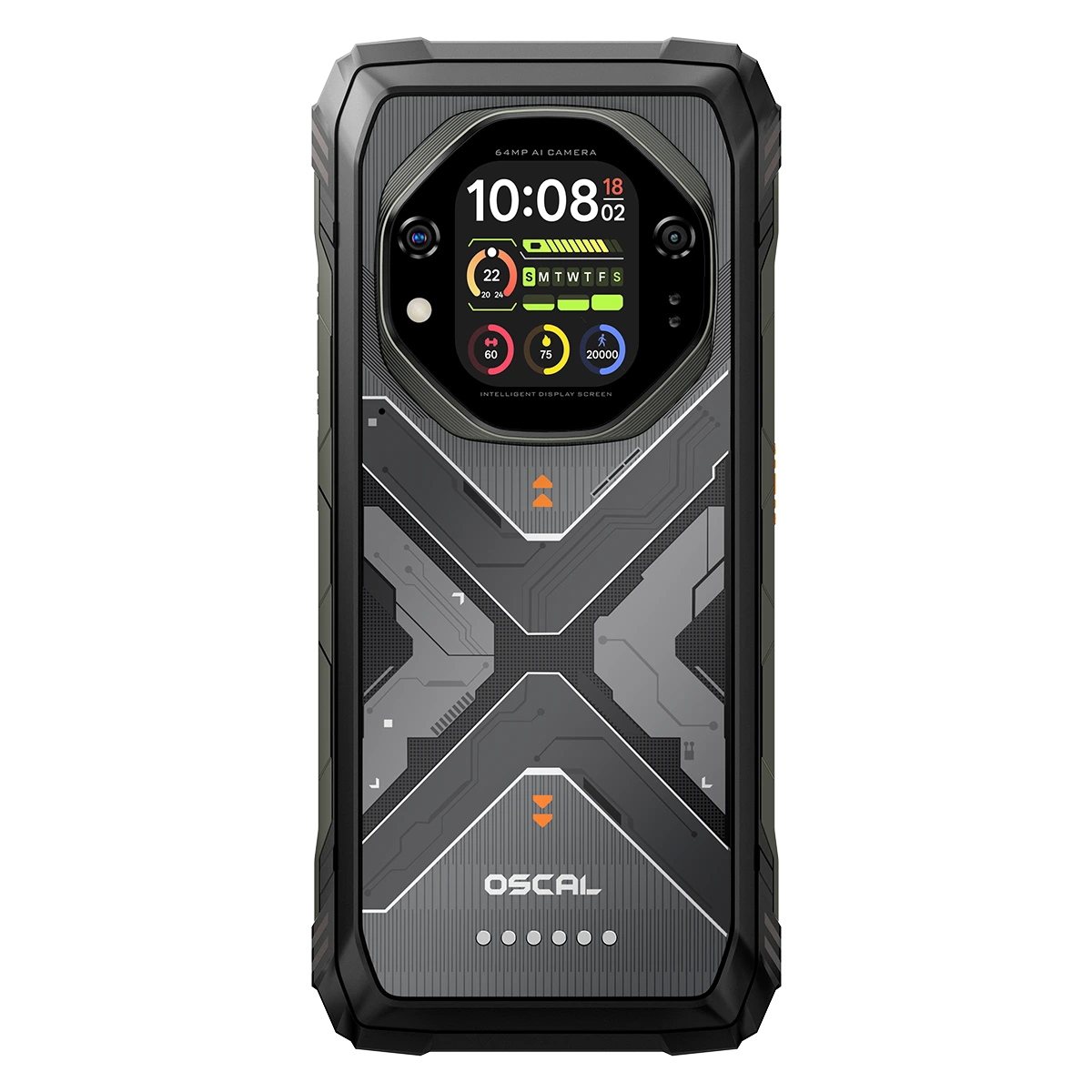











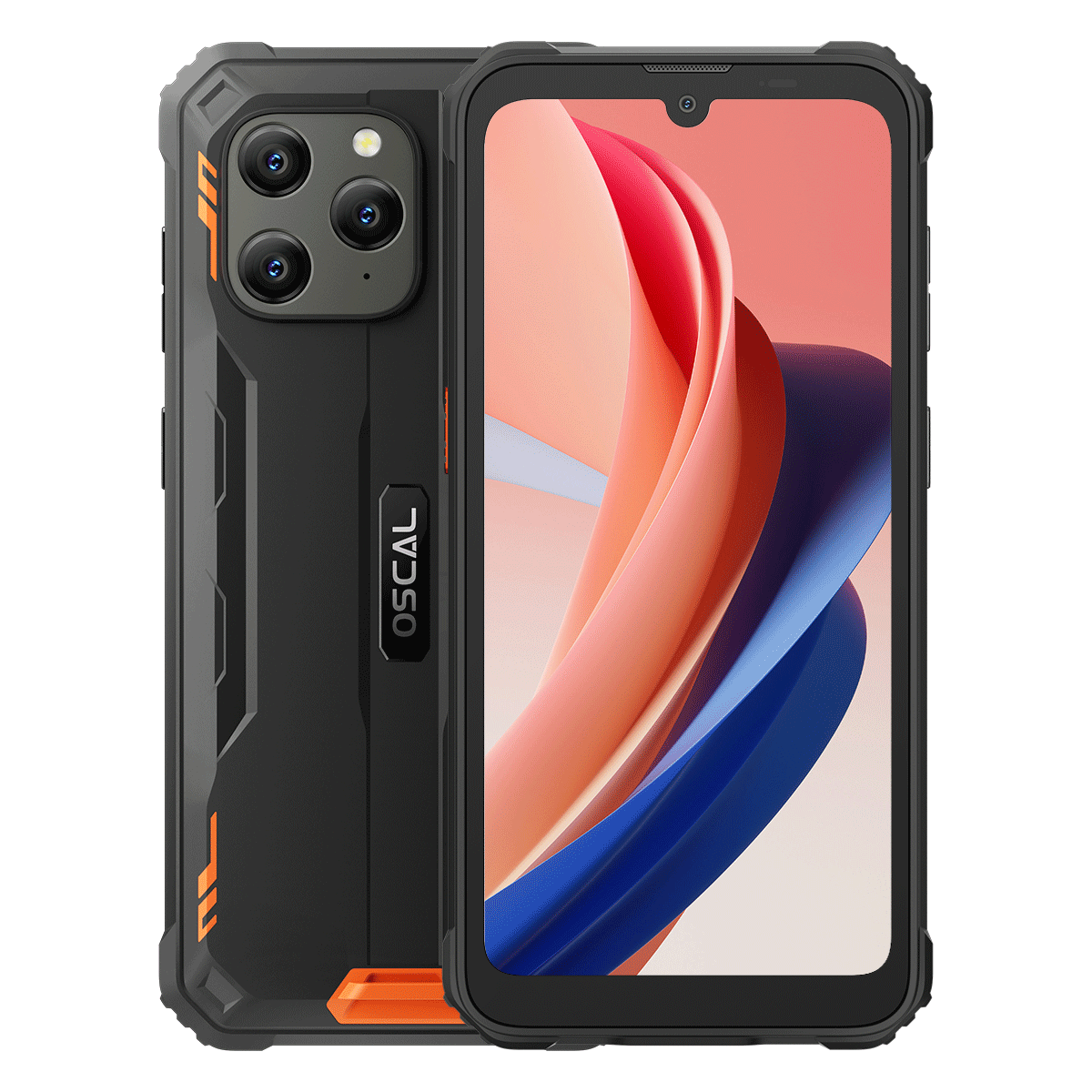

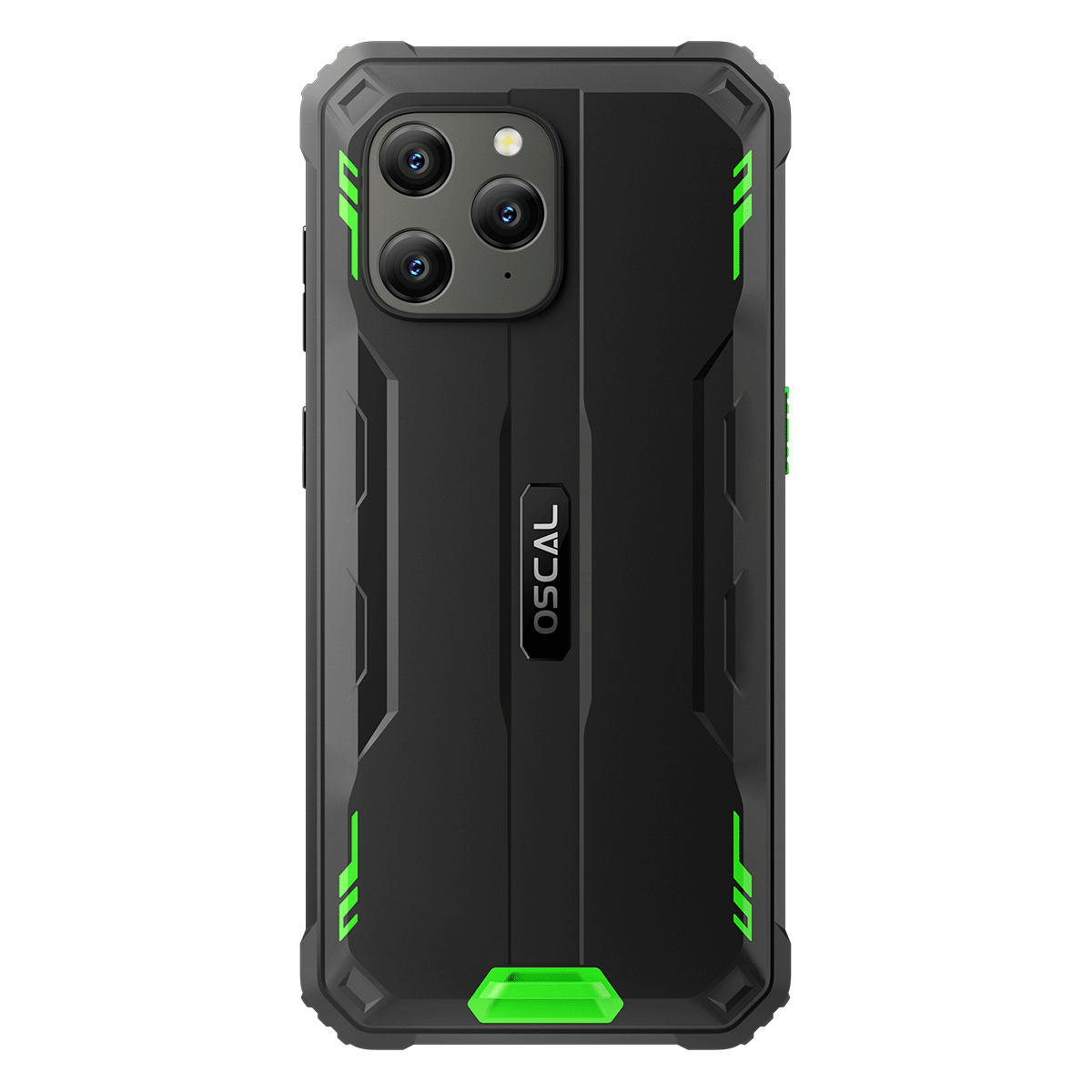












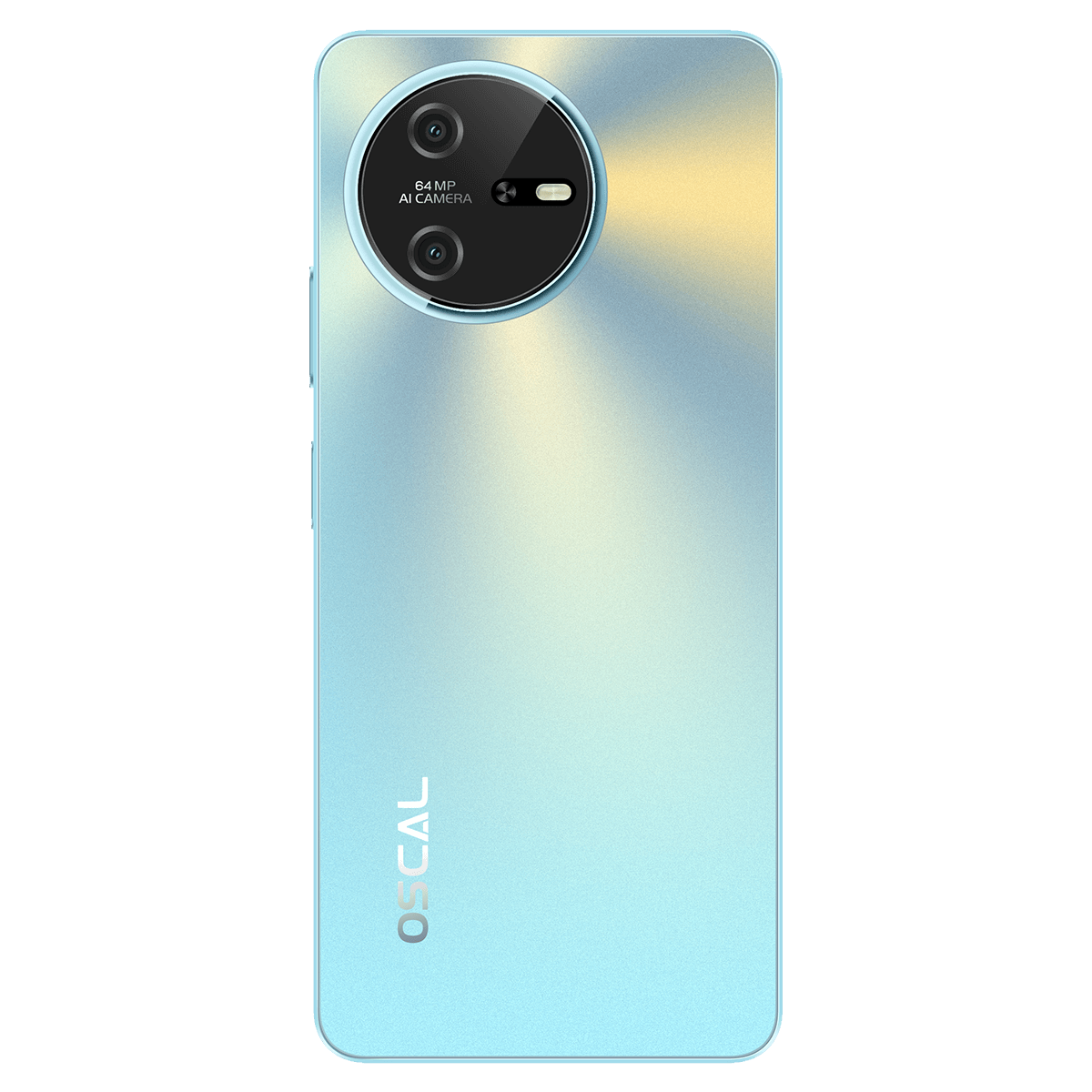
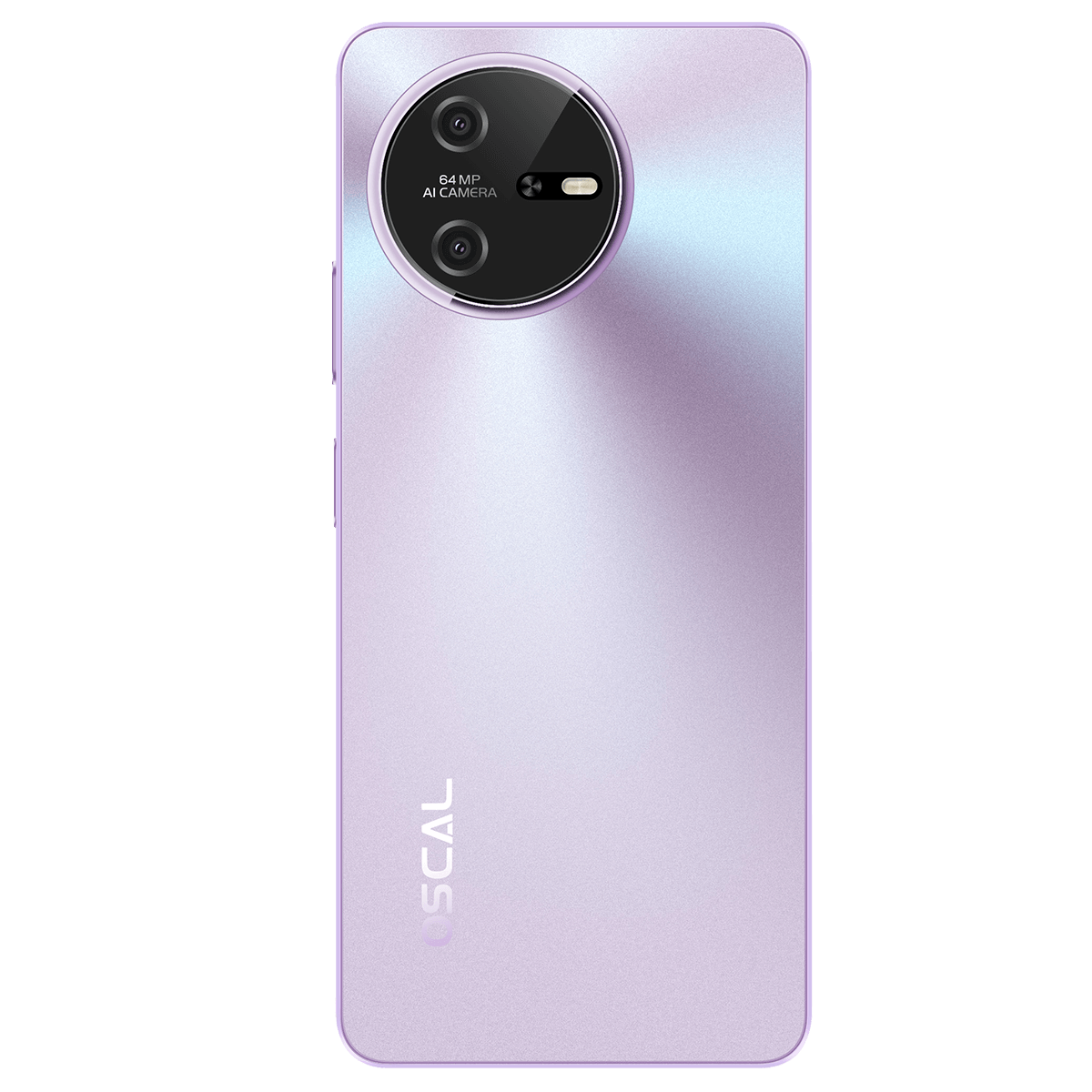































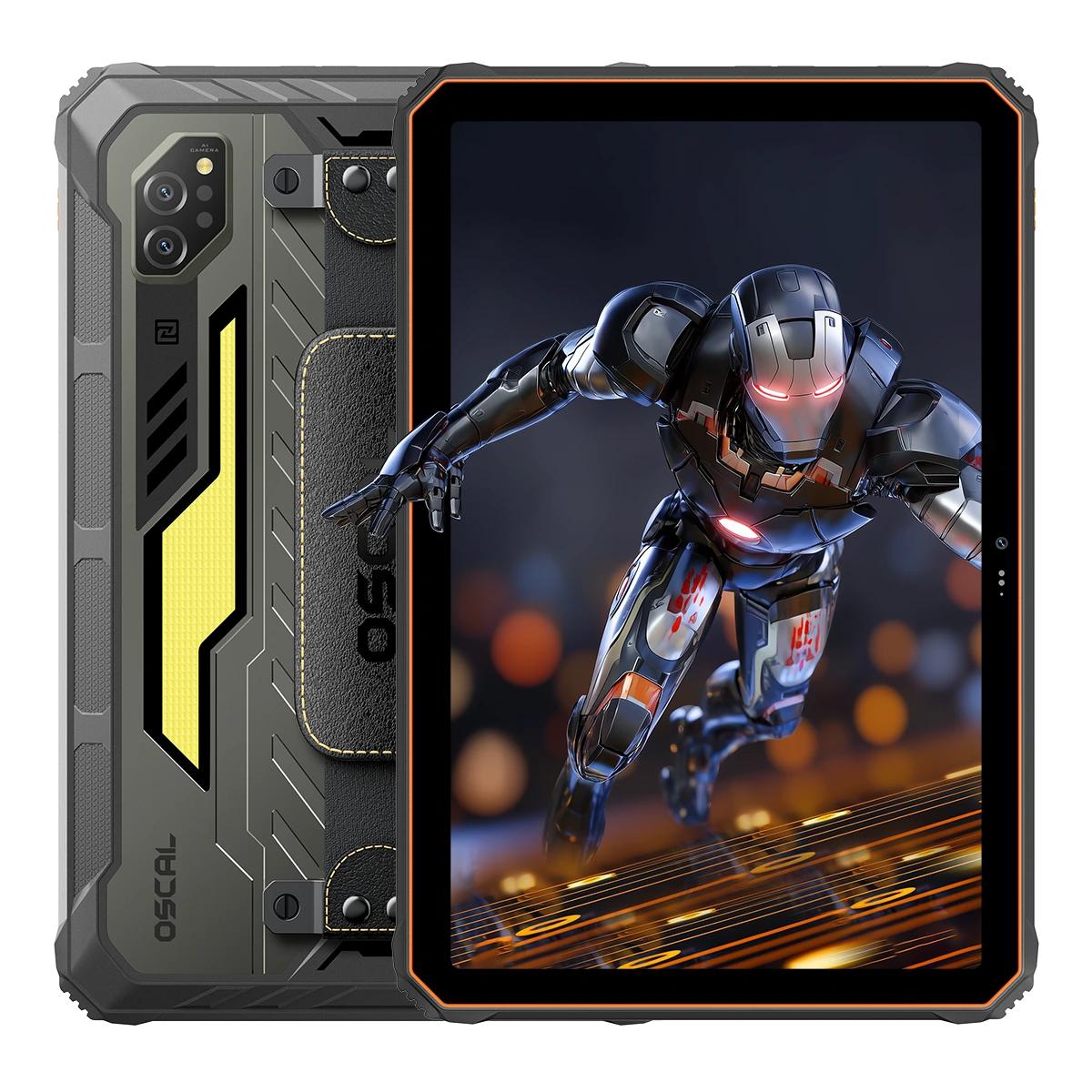


 (1)-20251204034946188.jpg)
